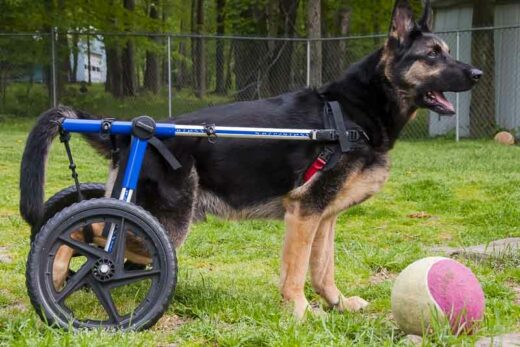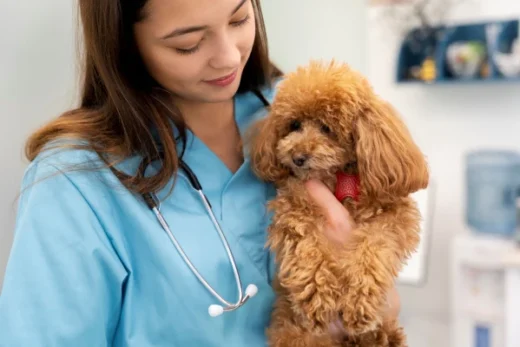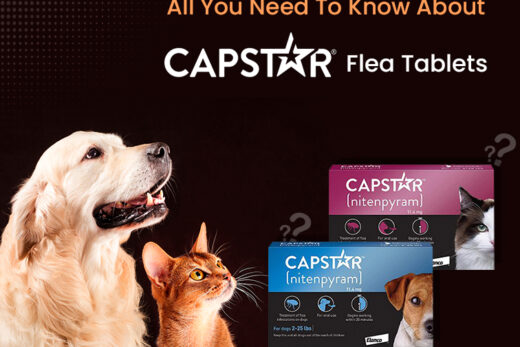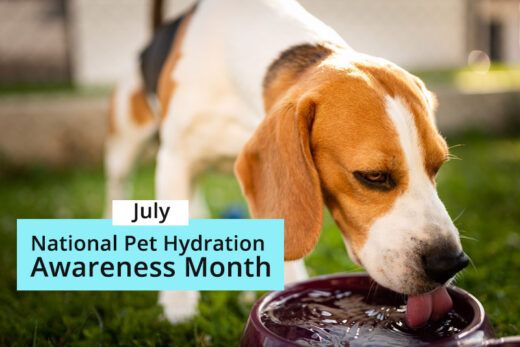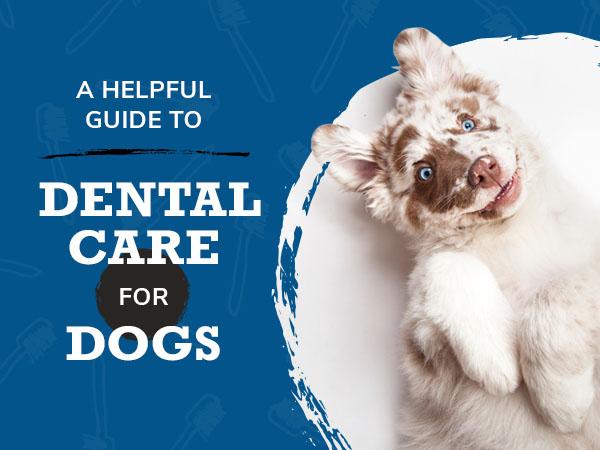
In many ways, caring for an animal is just like caring for ourselves. We need to think about diet, exercise, and basic hygiene in order to live a long, healthy life. Along with all that comes dental care. Just as we need to brush regularly and get routine professional cleanings, so too does your furry friend. In this guide, we’ll cover everything you need to know about dog dental care, from how often to brush their teeth to the best chews for removing plaque buildup.
WHY CANINE DENTAL CARE MATTERS
Although their dental care is often overlooked, dogs are at risk of many of the same dental health problems as we are. In fact, periodontal disease (gum disease) — a progressive gum disease that damages the gums and bones in the mouth — is the most common infectious disease in adult dogs, affecting over 87 percent of them. But proper dental care can keep periodontal disease at bay and prevent bacteria buildup, gingivitis, bad breath, pain, tooth loss, and more serious health complications.
BEYOND BAD BREATH
Not taking care of your pet’s teeth can cause them a lot of pain and discomfort, which they may not show. Broken, loose, and damaged teeth can cause severe pain and even prevent your dog from eating. Of course, the inability to eat can lead to more serious troubles, including malnutrition. But before things get this serious, pet parents often notice that dental problems cause excessive drooling and bad breath. Yellow, stained teeth can also indicate poor dental care.
In humans, the link between good oral health and good overall health is becoming increasingly more clear, and the same is true for pets. The bacteria that builds up in your dog’s mouth can lead to serious health complications. Although more research is needed, canine gum disease has been linked to heart problems that could lead to heart attack and stroke. The experts say that dental bacterial buildup may also increase the risk of diabetes and kidney disease in dogs.
BASIC DENTAL CARE SCHEDULE FOR DOGS
As you can see, taking care of your four-legged family member’s teeth is a great way to help support them and encourage a longer, healthier life, and we all want that! But how do you do that? It all comes down to providing the right chews, brushing your dog’s teeth, and scheduling them for occasional cleanings. Here’s how often these things are necessary and what they entail.

- Daily: Provide a Dental Chew — By far the easiest and most enjoyable way to remove plaque from your dog’s teeth is to provide them with a tasty chew each day or a few times per week. We recommend giving your dog bully sticks on a weekly basis. These durable treats help manually scrape away plaque and tartar through your dog’s chewing action, which can help prevent the development of periodontal disease and other complications. In addition to dental treats, you can supply dental health toys that will help mechanically remove plaque and tartar buildup in the same way.
- Twice Weekly: Brush Their Teeth — Although it seems a little bit strange, you should get into the habit of regularly brushing your dog’s teeth. While daily brushing is ideal, brushing two or three times a week is an excellent way to help remove bacteria and buildup that leads to gum disease, bad breath, decay, and more. Luckily, there are toothbrushes and toothpaste designed specifically for dogs to make this task a bit easier. Read our guide below on how to brush your dog’s teeth.
- Annually: Schedule a Deep Cleaning — Taking your dog in for a professional deep clean is the best way to remove plaque buildup and address any potentially serious dental problems, like broken teeth and decay. Typically, your vet will put your dog under general anesthesia in order to thoroughly clean and inspect the teeth, gums, and mouth. For this reason, dog teeth cleanings can be expensive and a bit risky for some dogs. With that said, having it done once or twice a year is a fantastic way to keep your dog’s teeth in great shape.

